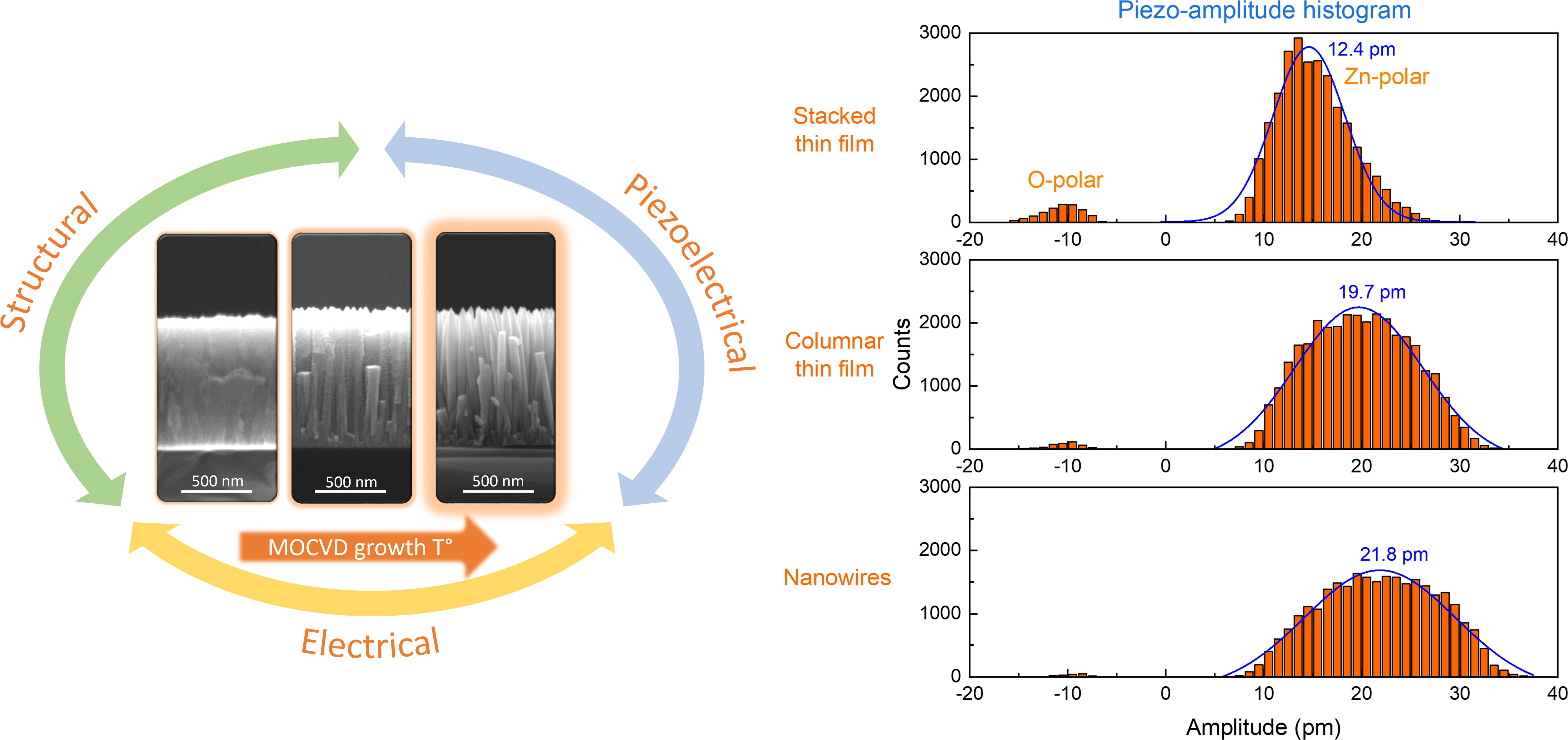Papier de Quang Chieu Bui 2020
Le papier "Morphology Transition of ZnO from Thin Film to Nanowires on Silicon and its Correlated Enhanced Zinc Polarity Uniformity and Piezoelectric Responses" a été publié dans ACS Applied Materials & Interfaces



